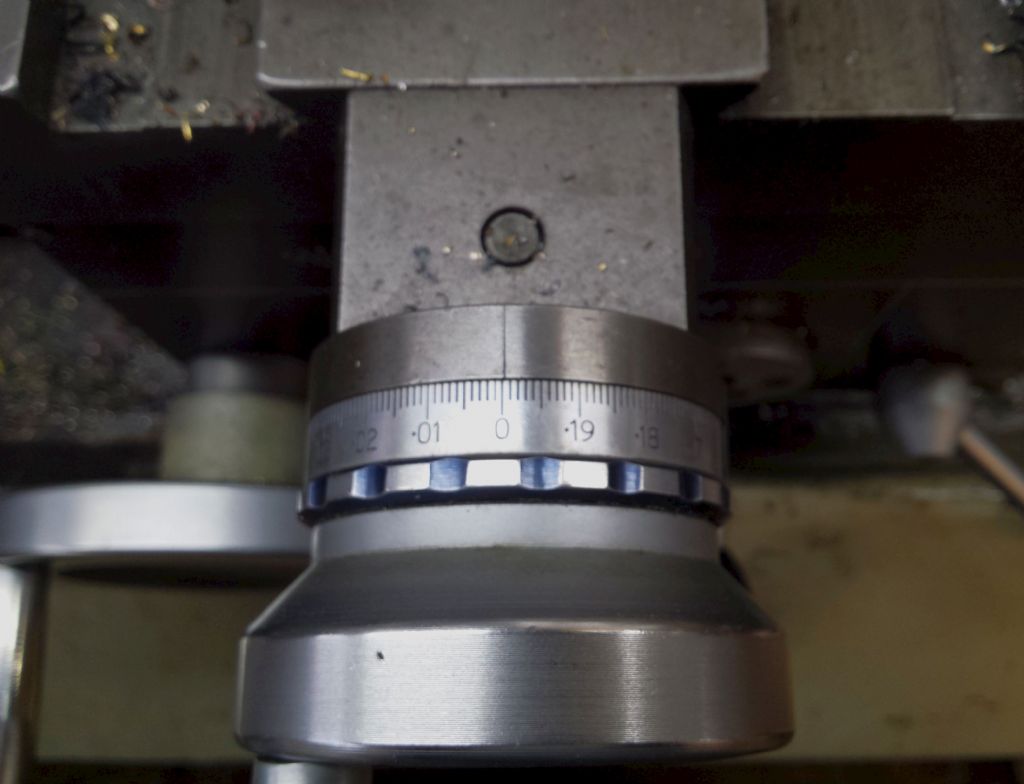
I have a Harrison M250 and find some of its feature very frustrating. Its a long story, but my machine is imperial but I prefer and mostly live in the metric world.
When I discovered it was an imperial machine, I fitted a DRO with glass and magnetic scales thinking that would totally solve my problems, mostly it does but there are times when the ability to move a slide using the index markings would be useful. A typical example would be when a part is turned to a finished diameter with one cutter and then an 'O' ring groove has to be cut to a certain depth. Changing tools loses the DRO calibration so the obvious method is to use the index wheel referenced to the point where the groove tool makes contact with the part's known diameter. Its simple to convert the depth dimension to inches but the index wheel markings mean I also have to multiply by two.
Two things about the M250 dials annoy me, firstly the markings relate to diameter rather than radius and secondly the digits are too verbose. The feedscrew is 10TPI and Harrison have opted to scale the wheel with 200 increments (.01 .02, .03, etc to .19). In my opinion it just clutters the dial and adds confusion.
Since Harrison offered a T slotted table to fasten to the cross slide it seems odd they chose diameter increments.
Am I alone in finding diameter calibrations on a lathe slide frustrating, I would be interested in how other people get on with this feature?
Ian P
Cabbage Stack.







